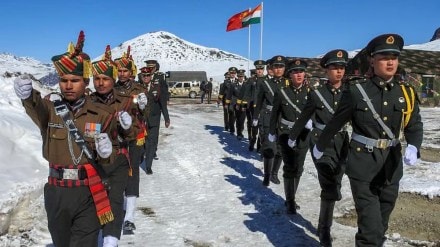Chinese Foreign Minister Wang Yi’s Delhi visit appears to have proved beneficial for India. It looks like the two sides have made progress on resolving their long-standing border issue. Both India and China have agreed to start work on marking out the less disputed parts of the border before moving towards a full boundary demarcation.
This decision came during the 24th round of Special Representative talks between India’s National Security Advisor Ajit Doval and Wang Yi in New Delhi on Tuesday.
After the meeting, the two sides decided that a group of technical experts will be formed under the Working Mechanism for Consultation and Coordination (WMCC).
The resolution to any boundary dispute usually requires three steps:
- Identifying the areas with minimum disputes.
- Carrying out delineation of these areas. The act of delineation basically means drawing lines to represent features on a map or diagram.
- And finally clear demarcation, which is done physically, to mark these identified boundaries.
Instead of attempting an overall settlement at once, both sides have agreed to take this step-by-step, which will in turn help build trust and confidence.
Steps towards de-escalation in Ladakh
After the clashes of May 2020, disengagement in the Eastern Sector is nearly complete. However, some buffer zone issues remain unresolved. Both sides have agreed to reduce the offensive posture of their armies, especially in Ladakh. This will involve pulling back tanks, rockets, and heavy artillery to ensure that neither side feels threatened.
The terrain plays a role in military strategy. India’s side has high mountains while China’s side in Tibet is a flat plateau, which allows faster troop movement. Mutual sensitivity will be key in maintaining peace.
